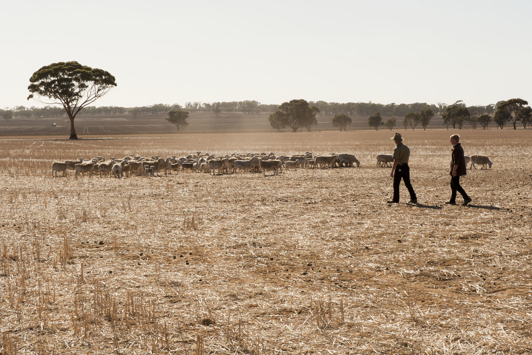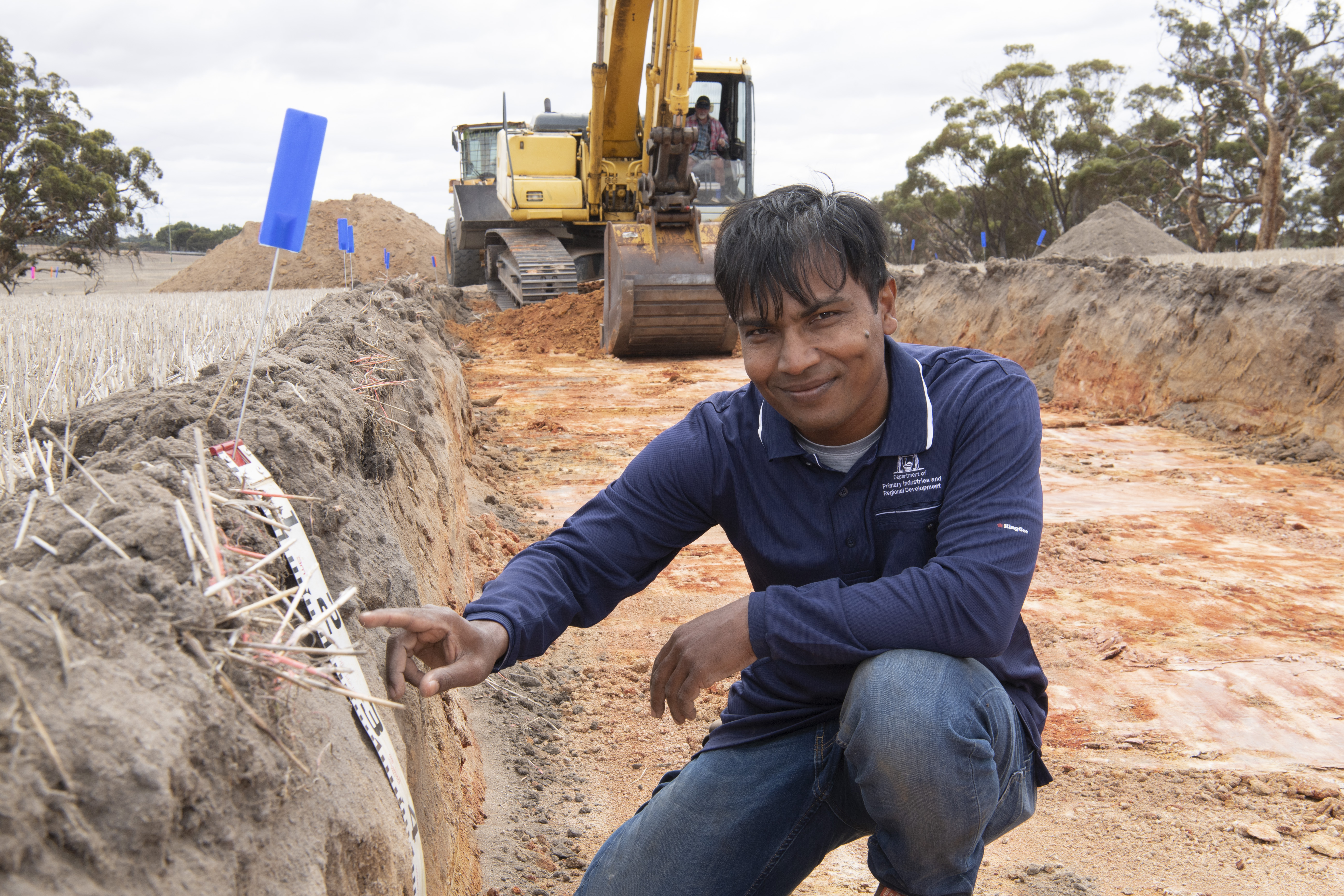Latest updates and advice
- September/October rainfall and mild spring temperatures have assisted grain fill and a forecast near-record grain and oilseed crop for 2025. Harvest has commenced.
- A wide range of crop diseases and pests are being reported across the grainbelt and several frost events. See Crops for further seasonal updates and information.
- Monitor stock water, feed and animal welfare requirements. See Livestock management for information to assist decision-making throughout the season.
- The Bureau of Meteorology’s rainfall outlook for November 2025 to January 2026 indicates near normal rainfall for the agricultural area. The pattern of above normal temperatures continues into November, with normal chances of higher temperatures. See Climate outlook for more information.
Funding and support services
Support services are available to assist rural people in stressful situations, these include:
- Regional Men’s Health Initiative
- Rural Aid
- Lifeline
- Beyond Blue
- Rural West financial counselling service.
More information can be found on WA's rural support services directory.
View the rural support services directory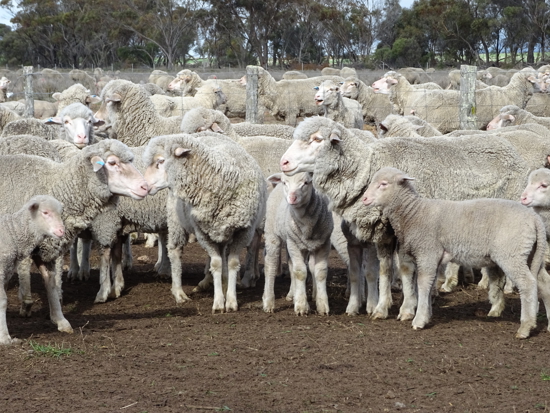
Livestock
- Monitor stock water requirements and plan to ensure there is enough quality water available and start formulating plans for the upcoming summer. Visit the Water for livestock page to learn more.
- Pastures from Space™ shows growth rates have recovered with values around 40-60kg/ha/d in central and great southern regions and 20-40 kg/ha/d in the eastern and north-eastern wheatbelt. Feed on Offer in high rainfall areas is in excess of 1500 kg/ha and there should be less requirement now for supplementary feeding.
- If you have sufficient feed, consider preventing weed seed. Numerous options can be used to prevent weed seed set, which provides an opportunity to control weeds in the pasture for the next season. See Stop crop weed seed set factsheet for more information.
- Consider follow up nitrogen for forage cereal crops, generally applied at 5-10 kg/ha for low soil nitrogen paddocks, and that grazing is deferred for 2 weeks after application to reduce the risk of nitrate poisoning and allow for plant growth.
- Keep an eye out for insect pests in legume pastures such as red-legged earth mite and lucerne flea. Severe infestations can reduce feed availability and applications of insecticide may be required. Chemical control options can be found in the WA Insecticide Guide 2025 - Winter Spring being mindful of any withholding periods for grazing.
- Be aware of the symptoms of Annual Ryegrass Toxicity (ARGT), particularly when grazing Wimmera ryegrass pastures that are coming into seed. It’s also important that purchased cereal and meadow hay is tested for ARGT.
- If you have had good winter rainfall and are considering sowing a summer active perennial such as a sub-tropical grass, this spring is an ideal time to do it. For more information refer to Perennial pastures for Western Australia.
- Contact your local DPIRD field vet to report unusual disease signs, abnormal behaviour or unexpected deaths in your livestock.
- See the latest StockedUp newsletter for a range of seasonal production advice and management tips.
- Ensure that lambs are marked with a 5-in-1 or 6-in-1 vaccination including clostridial diseases. Dock tails at the third palpable joint and use the pain relief options available. For more information see our guide on best practice lamb marking.
- Weaning should take place 12 weeks from start of lambing, or sooner in a poor season. Weaners should have their second vaccination, be weighed or condition scored and be drenched at weaning or early summer to prevent high worm burdens. Keep an eye out for flystrike. For more information, view our Sheep weaner best practice factsheet.
- Aim for 40% of mature liveweight at weaning and consider managing the tail of the mob separately with improved nutrition. Weaner growth rate is important – to find out more about target growth rates, visit our factsheet on Growing weaner sheep.
- Drench ewes if necessary based on faecal worm egg count (FWEC) and condition score ewes while they are in the yards. It’s important that ewes are back up to condition score 3 by joining. Checking udders for wet and dry ewes will help identify those ewes who have successfully raised a lamb.
- Post weaning, check ewes are in good health by assessing udder health and structure, condition score, foot health, mouth and teeth, and age. Cull ewes that are unfit to join as they have a higher likelihood of scanning empty, increase mortality and decreased lamb survival. More information is available on MLA's Fit to join guide.
- Ram buying season is upon us, and it’s important to have a clear breeding objective, and use both visual selection and Australian Sheep Breeding Values when selecting rams. Find out more in our Genetic selection and using Australian Sheep Breeding Values (ASBV) factsheet.
- Warm temperatures, rainfall and low wind has seen flystrike occurring in some areas. Monitor the flock and treat if necessary.
View the dry season management information and resources for further assistance.
- Supplementary feeding is important to maintain adequate condition score of beef cattle (both rangelands and southern cattle) held on farm.
- Monitor Feed On Offer (FOO). If inadequate FOO, confined feeding may be an option. Assess stocking rate capabilities to best utlitise pasture availability.
- Cows with calves at foot are at peak feed demand during lactation. Young cows in particular require more feed as they have not reached mature weight. Assess feed requirements to determine whether pastures are adequate.
- Pastoralists can refer to resources to support them in a dry year, including decisions to hold or sell breeding cattle.
- Commercial beef producers can look into buying high-performing sires to improve productivity in their herd using visual, structural and genetic assessment tools.
- Construct an annual program for cattle parasites to prevent outbreaks and for cost effective control. Learn more about our cattle tick control program and implementing beef cattle biosecurity tools.
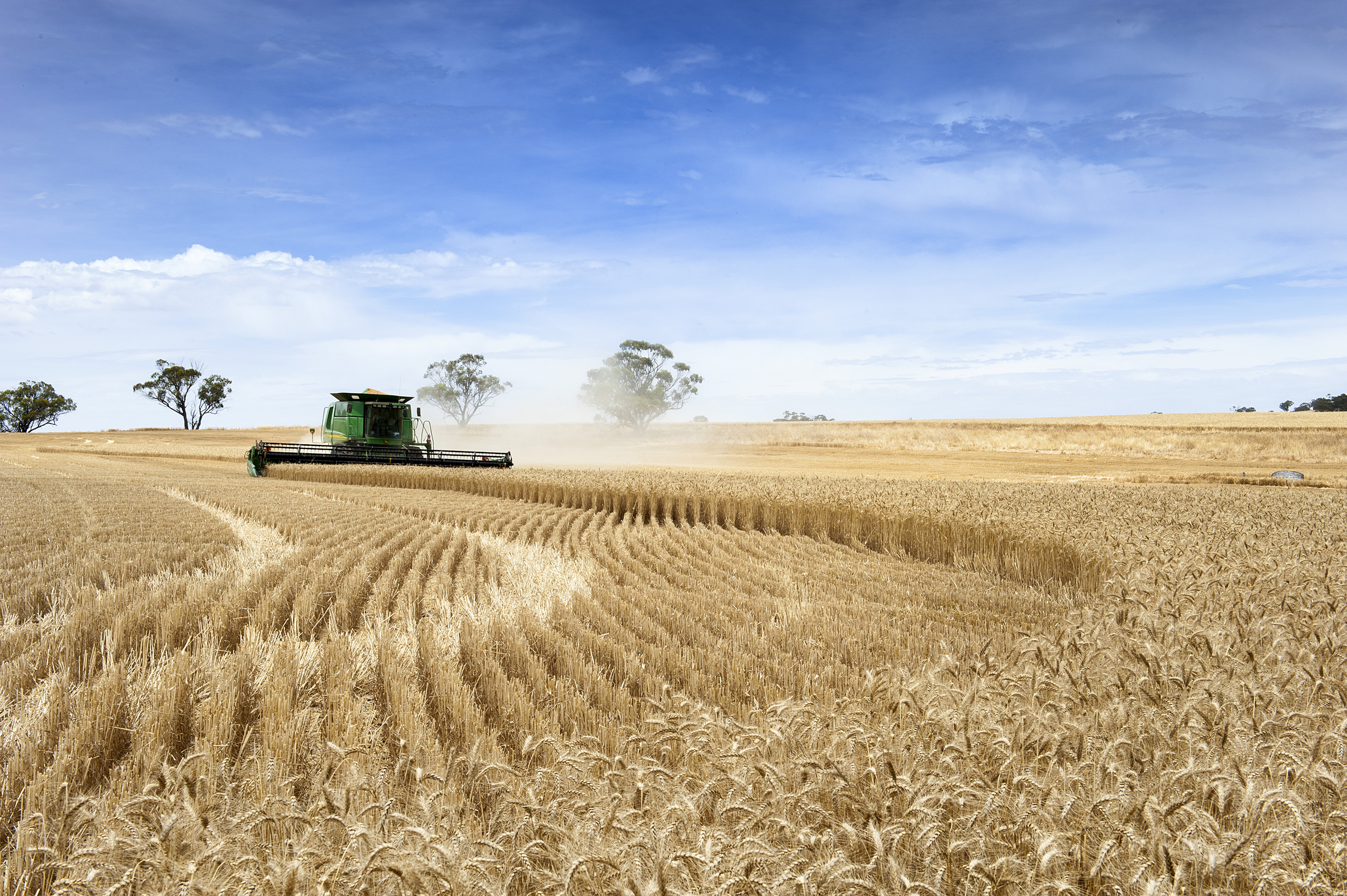
Crops
- With recent near zero or below zero temperatures in the central grainbelt, there is potential for appearance of frost damage. Refer to Frost for information on monitoring, identifying damage and management options.
- A wide range of crop diseases and pests are being reported across the grainbelt. For information to identify and manage your crop pests and diseases throughout the season refer to PestFacts WA to access the newsletter, map of pest and disease reports and the PestFacts WA reporter app.
- Refer to the Rainfall to date tool to assist with seasonal decision-making. The tool produces graphs using daily rainfall data from weather stations across the state and displays how the season is tracking compared to historical date displayed in deciles. Growers should also consider additional factors such as stored soil moisture, soil water-holding capacity, stored nitrogen, rainfall timing and intensity for in-season decisions.
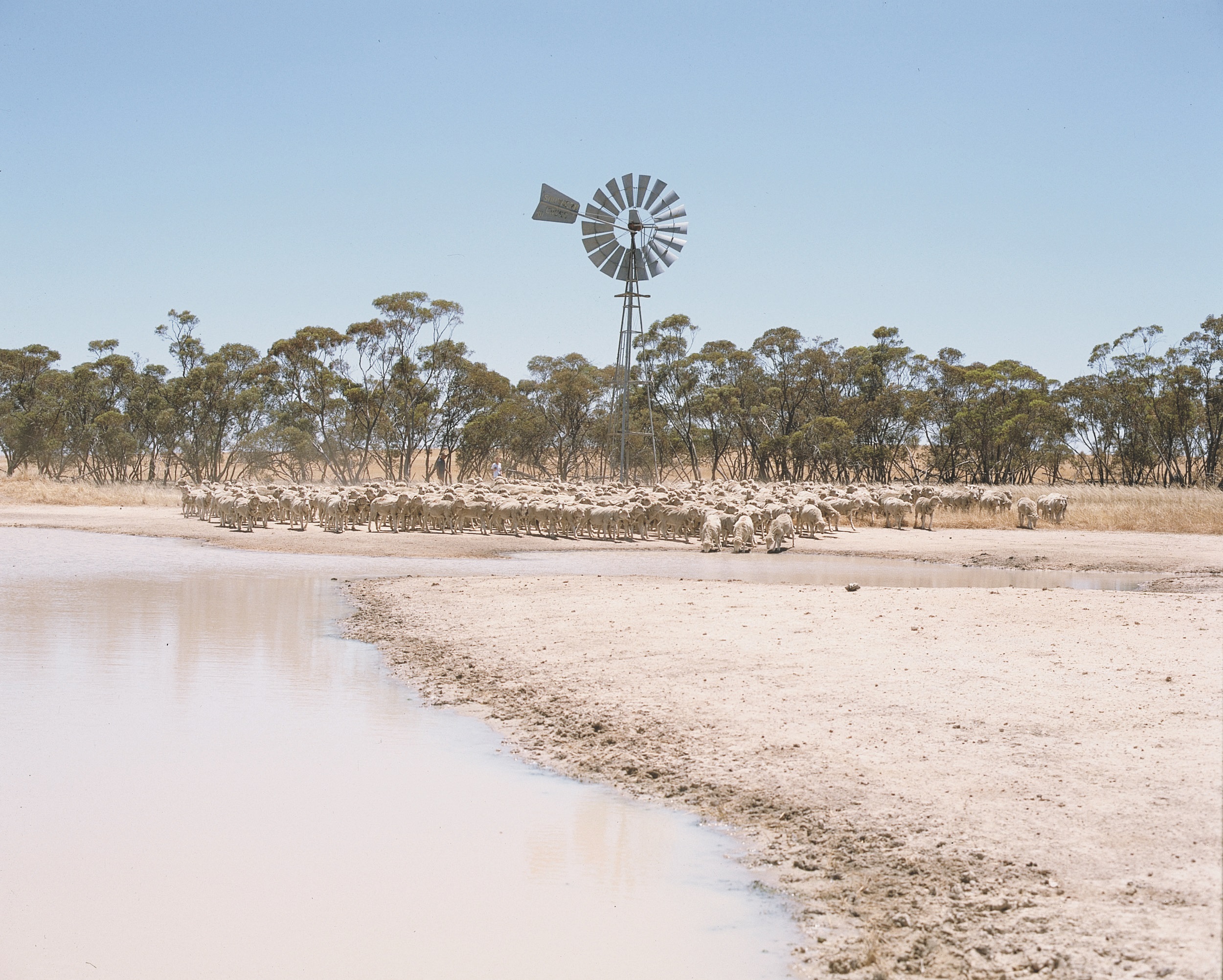
Water
In areas where farm water supplies are inadequate, it is important to:
- Assess available water supplies and quality and bulk up water into as few remaining larger and deeper dams as possible.
- Calculate a water budget for livestock – before problems develop.
- Test all dams and bores being used for livestock and spraying as water quality (salinity) may not be suitable as levels drop.
- Groundwater desalination on farms: Please remember that you must submit a notice of intent to drain or pump water – desalination (NOI), together with the neighbour comments, to the Commissioner of Soil and Land Conservation at least 90 days before intended discharge.
- Plan now for maintenance of dams and roaded catchments.
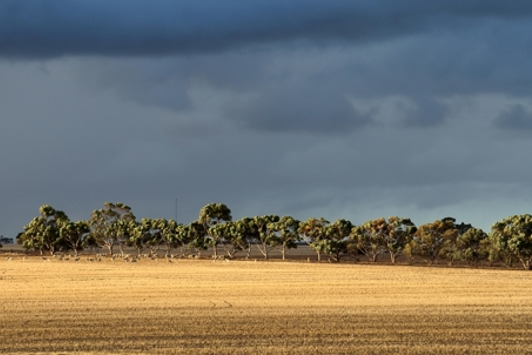
Climate outlook
Rainfall outlook for November 2025 from the Bureau of Meteorology, updated 23 October, shows near normal rain chances for the agricultural area. The seasonal rainfall outlook for November 2025 to January 2026 indicates near normal rainfall is likely for the agricultural area. See the Bureau’s seasonal outlook video for more details.
Many international climate models have a neutral rainfall outlook for the South West Land Division for this period, from their October runs.
The pattern of above normal temperatures continues into November, with normal chances of higher temperatures. The outlook for high daytime temperatures could pose a risk to crops.
Check monthly updates in DPIRD's Seasonal Climate OutlookClimate resources
- DPIRD weather stations map
- Rainfall to date tool
- BoM weekly rainfall for the south-west forecast districts
- BoM weekly rainfall for the northern & eastern forecast districts
- Bureau of Meteorology: Water and land
- Climate data online (BoM daily rainfall and other local climate records)
- Australian CliMate app
- Animated global weather conditions affecting WA
Contact us
-
Christine Zaicou-KuneschFarming Systems ManagerGascoyne & Mid West
Related information
- SWWA Drought Hub's Dry season resources
- Water Corporation: Great Southern water supply
- Water Corporation: South West water supply
- Managing farm water supplies - Agriculture Victoria
- DPIRD Grains Convo podcast list
- DWER Rural water planning
- 2025 Season - Grain Industry Association of Western Australia

